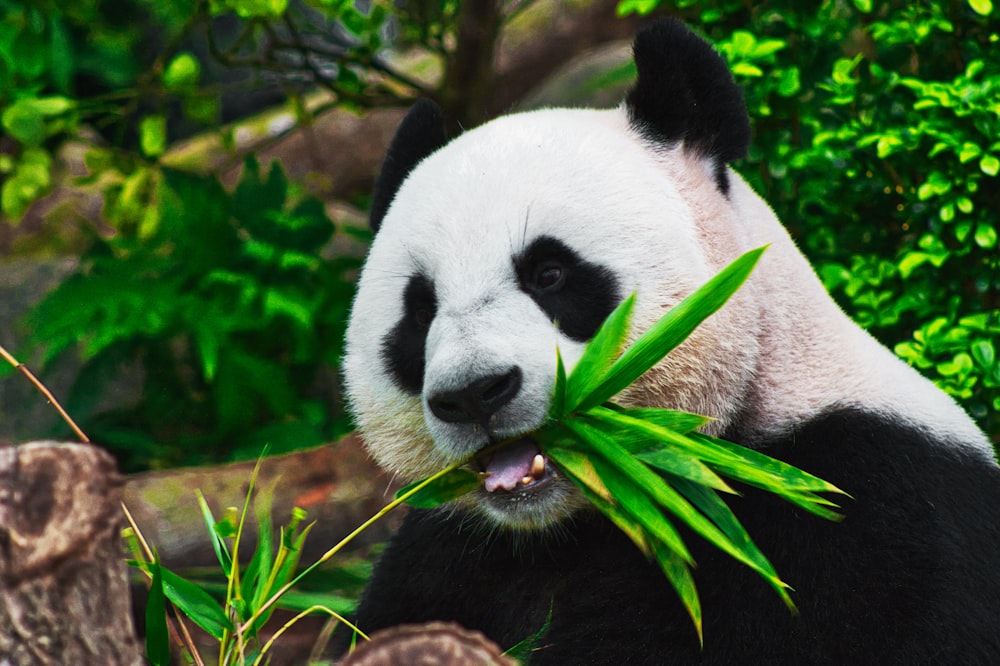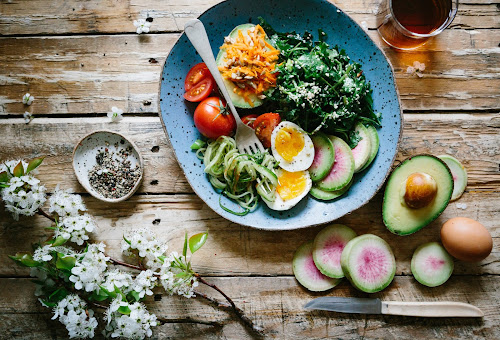Nutrition,The process of taking in food, digesting the
food and using the digested food to get the
energy repair and growth is known as nutition.
There are two types of nutrition:
1.)
Autotrophic nutrition
2.)
Heterotrophic nutrition
Autotrophic nutrition : Those organisms which can
synthesized their food itself with the
help of energy are known as autotrophic nutrition. All green plants and some
bacteria are called autotrops they are also called producers.
There are two types of autotrophic nutrition:
i)Photoautotrophic:
This is a type of autotrphic nutrition which is done in the presence of light
energy. Ex- plants can prepare there own food glucose by the process of
photosynthesis in the presence of light
energy. Green plants converts simple
inorganic chemical like h2o and co2 into complex
organic food c6h12o6
(glucose) in presence of sunlight and chlorophyll.
It is done in three steps –
a)
Absorption of sunlight energy by
chlorophyll
b)
Converstion of light energy
into chemical energy and break down of water by a process
hydrolysis
c)
Reduction of carbon dioxide
into carbo hydrates
ii)Chemoautotrophic
nutrition : This is a type of
autotrophic nutrition which occurs with the help of energy which is released during chemical reactions
ex – iron bacteria, sulphur bacteria, ammonifying bacteria.
2.)
Heterotrophic nutrition: It is a type
of nutrition in which organisms
depend upon other organisms for food to survive.
It is of following 3 types :
a) Saprophytic nutrition : It is a mode of
nutrition in which a living being takes
the food from dead and deccaying matter ex- bacteria, fungus etc.
b) Parasitic nutrition : The type of
nurition in which a living being takes
the food from another living being.
In parasitic nutrition host is always harmed ex
human louse , cuscata( Amarbel )
c) Holozoic nutrition: This is a type of
nutrition in which an organism
takes the solid food and the whole food.
Nutrition in human beings:-
Human beings eat different types of food in which
different things present like carbohydrates, protiens, fats, vitamins and
minerals. In this things the carbohydrates, protiens, fats cannot be used
directly it is the complex forms so it is converted into simpler forms with the
help of digestion in our body.
Nutrition in humnan beings is basically done in
alimentery canal . In humans all the food is digested in alimentery cannal . It
starts from mouth in mouth the carbohydrates
is started to digest. In mouth
salivary glands are present which releases saliva and in saliva salivary
amaylase is present which digest the
carbohydrates and convert it into
glucose.
After the mouth the food goes into the oesophagus
and due to the peristaltic motion in
oesophagus it goes into the stomach and
in stomach there are gastric glands which releases hcl, pepsin and mucus.
Pepsin converts the protiens into ammino acids. Than the food goes to small
intestine and in liver bile juices and bile salts are present bile juice makes
the food alkaline(basic), bile salts breaks the larger globules into smaller
onces . In pancreas tripsin and lipase is present the trypsin converts the
left protein into ammino acids and the lipase converts the fat
into fatty acids.After this all the food
is transferred in the large intestine
and remaining things are taken in it with the help of villi after this
the remaining waste is removed from the anus.
After
this digestion process in alimentary canal energy is released which is stored
in the form of ATP in the body.
Nutrition in amoeba:-
Amoeba
is a unicellular, eukaryotic and it is the member of kingdom protista. It has
holozoic nutrition and it is completed in the following five stages:-
1.)
Ingestion – As the food particle approaches near amoeba a
temporary structure develops from plasmalemma known as pseudophodia , it
increases in size and touches with plasmalemma
at a point and the food particle is taken in and surrounded by a food
vacuole which act as a temporary stomach.
2.)
Digestion – the lysosomes containing digestive enzymes fuse
wih food vacuole and puts the digestive enzymes there. These digestive enzyme converts
the complex form of food materials into
simple form of food.
-The digestion
in amoeba is known as intracellular digestion because amoeba is a cell and the
digestion is occuring inside the cell.
3.) Absorption -
The movement of digested food from food vacuole to cytoplasm
4.)Assimilation
– The absorbed food is utilised to get the energy to repair.
5.) Egestion –
The food vacuole containing undigested foood is non matile and the amoeba is
motile.
. When the
amoeba moves forward , the food
vacuole containing undigested food
strikes with rear end end and
plasmalemma ruptures and the food vacuole is discharged and plasmalemma soon gets repaired.
This are some
examples of living organisms. That how they get nutrition. In different types
of organisms there are different modes of nutrition.
Why is nutrition necessary
Proper
nutrition is required for a good and healthy life. Proper nutrition gives a strength
to the body to resist it from diseases
and viral infections it also helps in
proper functioning of body and if a person is taking a proper nutrition his
body will repair fast if he has fractures and stiches.A good nutrition can only
maintain by a proper diet which includes
carbohydrates, fats, proteins, vitamins, minerals and fibers.
Good nutrition also
maintain a healthy weight.It is necessary for proper growth of body. It reduces
the risk of chronic diseases like heart diseases and cancer. It provides energy for the different metabolic processes
in the body it is required for the
growth of new cells and repair or replacement of worm out cells.It gives the
energy for several works . If the nutrition of body is good the body will also
has a good body shape. It helps in physical activities like fighters eat extra
protein boxes for good muscles and power. It makes the brain healthy and
promotes a good lifestyle it increases the iq and learning power of a brain so
this why a good nutrition is necessary for a healthy body.
Your Feedback Is Very Impotent For Us







